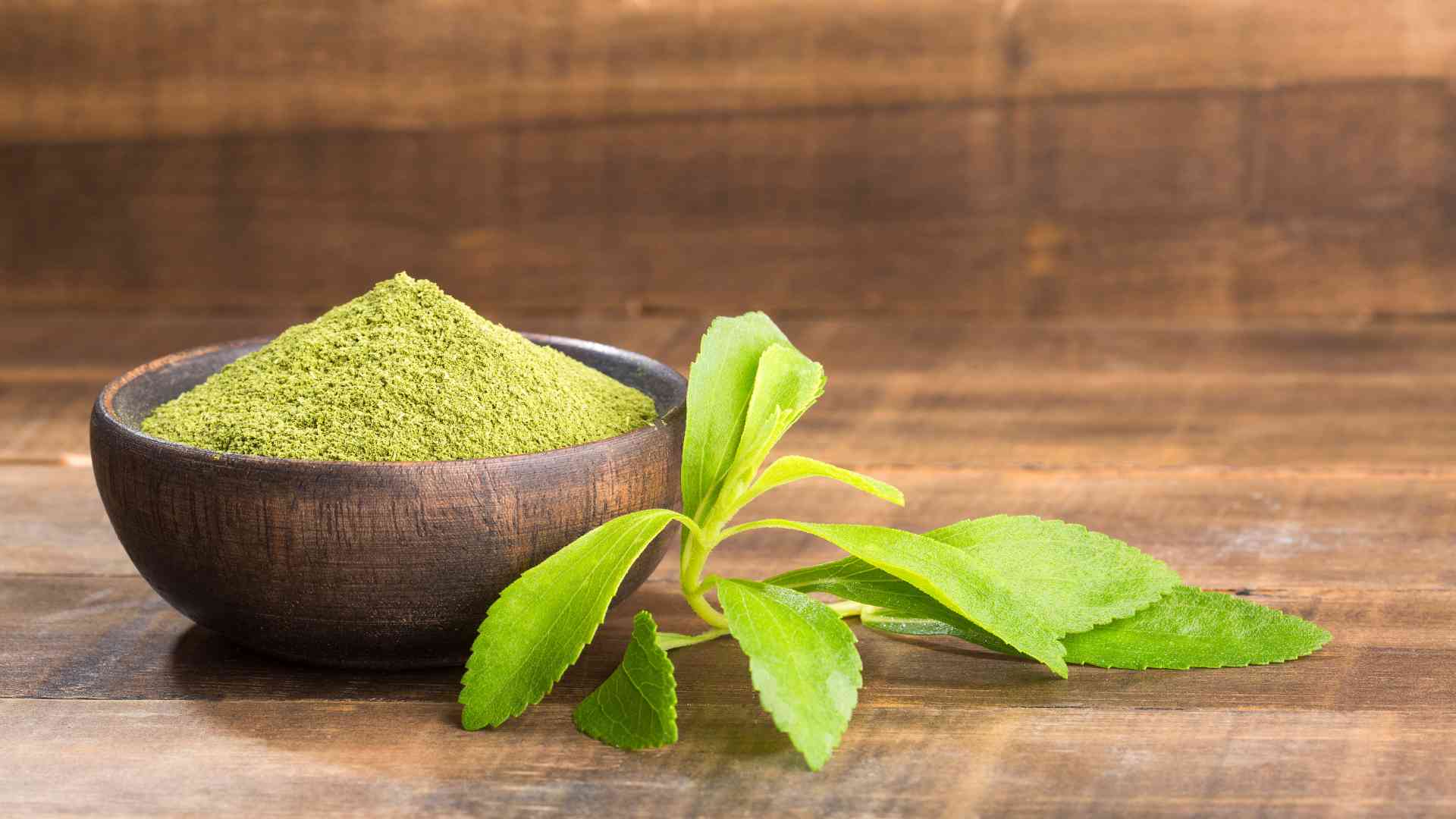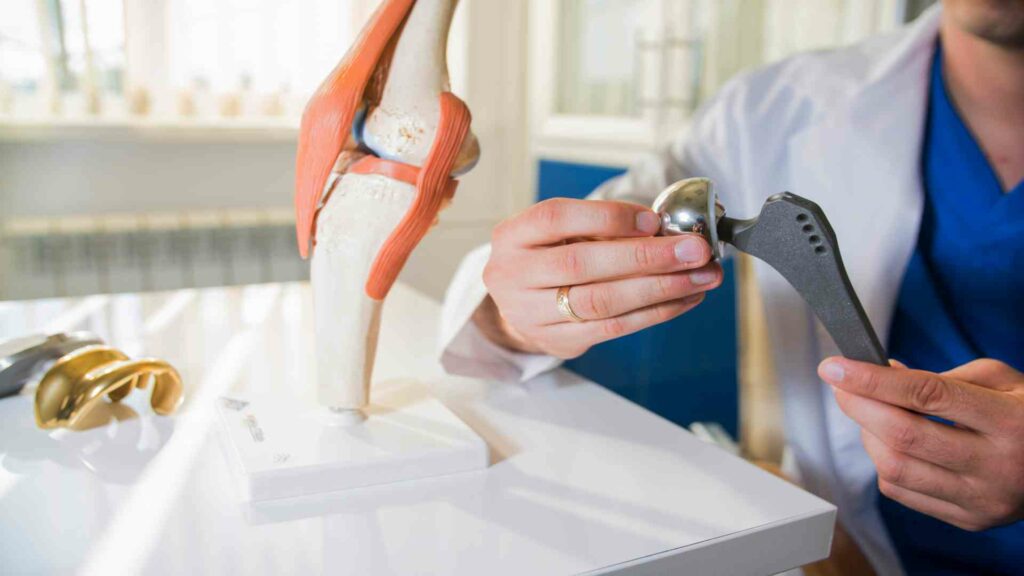The Stevia Plant is Taking Over America
The Stevia Plant is a centuries-old natural sweetener used in South America and is now making rapid strides in the United States. Not only does it provide the perfect sugar substitute, but its low-calorie, carbohydrate-free content makes it ideal for keeping blood sugar levels steady. Additionally, zinc and boron are essential micronutrients that support healthy Stevia Plant growth.

Stevia plant
The Micronutrient Needs of Stevia Plant
When a stevia plant is grown on acidic soils, micronutrients are naturally available. However, even under such conditions, there was still a response to additional elements sprayed onto the crop; manganese at 0.1% had the highest effect, followed by molybdenum and zinc in decreasing order, respectively.
An experiment conducted in Brazil found optimal levels of each nutrient needed per tonne of dry leaves; this included 89g Boron, 26g Copper, 638g Iron – extremely high compared to other micro-nutrients- 207g Manganese & 13 Zinc.
Even with these added nutrients, it’s clear plants need more than just water or sunlight: they must also have essential minerals.
Zinc and Boron: The Secret to More Stevioside?
Essential micronutrients, such as zinc and boron, play a crucial role in everything from photosynthesis to enzymatic reactions for healthy plant growth.
An imbalance or deficiency of these elements can cause symptoms like chlorosis and necrosis that lead to stunted development with mottled leaves affecting not only the morphological parameters but also metabolic pathways resulting in lower yields of primary & secondary metabolites.
Zinc helps increase protein synthesis, enabling key enzymes such as alcohol dehydrogenase, superoxide dismutase, and carbonic anhydrase to perform their roles more efficiently. Additionally, it plays a major part in RNA polymerize formation critical for ribosome production.
As for boron’s role in the stevia plant, its primary function is linked to cell wall & membrane development alongside promoting pollination and pollen germination – all of which contribute immensely towards crops with high yield potentials.
Indeed, both nutrients are essential components for plant hormone regulation, ensuring maximum vitality from our vegetation sources.
How to Cultivate Stevia for Optimal Growth?
With an impressive history of use as a natural sweetener, stevia leaves offer tremendous potential for their caloric-free content and heat stability. The glycosides derived from the Stevia plant called “stevioside” can be used to add sweetness up to 200-300 times higher than sucrose without compromising shelf life or color in food products and beverages.
Its popularity is especially high throughout China, Japan, Korea, and other countries across the Pacific Rim, where it has become a staple ingredient in both cuisine and pharmaceutical products.
Cultivating Stevia Plants can be done using various agricultural practices:
1. Suitable Climate
When it comes to optimal climate conditions, the stevia plant is a bit sensitive. It requires a unique set of climatic conditions to thrive, calling for sub-tropical warmth with temperatures ranging from -6°C all the way up to 43°C.
2. Soil
Stevia is an incredibly versatile plant; it can thrive in soil with low fertility and high acidity and flourishes when grown on more neutral soils. However, its flexible nature has limits and will struggle if planted in the saline ground.
3. Land
To ensure the best possible yield, carefully prepare a smooth, sturdy land for growth. Double plowing and discing/cultivating can help create ideal conditions for thriving vegetation.
4. Fertilization
Soil testing provides the opportunity to enhance crop yield cost-effectively. Farmers or growers can determine how much fertilizer should be applied to achieve healthy, bountiful yields by accurately measuring existing nutrient levels.
How to Use Stevia Plant?
Stevia-based sweeteners can be up to 300 times sweeter than table sugar. Most stevia products contain the glycosides rebaudioside A (Reb A) and Stevioside, which are responsible for their natural sweetness. These compounds have been extensively studied and are generally recognized as safe by the U.S. Food & Drug Administration (FDA).
As well as being a healthier option than many artificial sweeteners on the market, stevia plants also have environmental benefits. It is naturally grown in many parts of the world and requires little water and energy to cultivate, making it a sustainable crop with a low carbon footprint.
From ice cream to bread, stevia is an ingredient that has been added to products from Asia to South America – enhancing delicious flavors with its simple sweetness in more than 5,000 food and beverage items, such as
- Desserts
- Ice-cream
- Chewing gum
- Candy
- Sauces
- Pickled Food
- Yogurt
Many Health Benefits of Stevia Plant
Stevia is a plant-based sweetener from the Stevia rebaudiana plant found in Southern America. Stevia plants contain the compound Steviol glycosides extracted from the leaves and processed into a powder or liquid form for use as a sugar substitute.
Stevia has become increasingly popular due to its potential health benefits and natural origins. Stevia contains fewer calories than regular table sugar (sucrose). It also does not cause spikes in blood sugar levels like other sweeteners may, making it an excellent choice for those who have diabetes.
Stevia can replace added sugars in numerous recipes and beverages, helping you reach your weight loss goals while enjoying delicious treats.
In addition, stevia has been found to contain compounds that can help lower blood pressure and cholesterol levels. It is also believed that stevia sweeteners could potentially reduce dental plaque and even fight cavities when used in moderation.
Fascinating History of Stevia Plants
Stevia is one of nature’s oldest and sweetest secrets. For over 1500 years, the Stevia plant leaves have been used by the Guaraní people to sweeten teas like yerba mate and for medicinal purposes.
In 1899, Swiss botanist Moisés Santiago Bertoni gave stevia its first scientific recognition under Eupatorium rebaudianum.
In the early 1970s, Japanese scientists unlocked a new way to use this natural wonder. They developed a commercial stevia-derived sweetener that quickly gained popularity in Japan.
However, it wasn’t until much later that other countries could experience stevia plant unique sweetness, as an initial ban on stevia delayed its entrance into the global market.
Today, stevia is increasingly seen as a natural alternative to sugar and artificial sweeteners. It’s no wonder that not only does this plant boast a naturally sweet taste with zero calories, but it also has many health benefits.
From lower blood sugar levels to improved cardiovascular health, stevia is showing promise as a viable alternative for anyone looking for a healthier way to satisfy their sweet tooth.
Final Note
While stevia plants are not difficult to grow, they have some specific needs that should be considered for optimal growth. These include access to boron and zinc and a favorable environment in terms of temperature and humidity. By ensuring that the plant has what it needs, anyone can enjoy stevia’s sweetness without worrying about any negative side effects.





